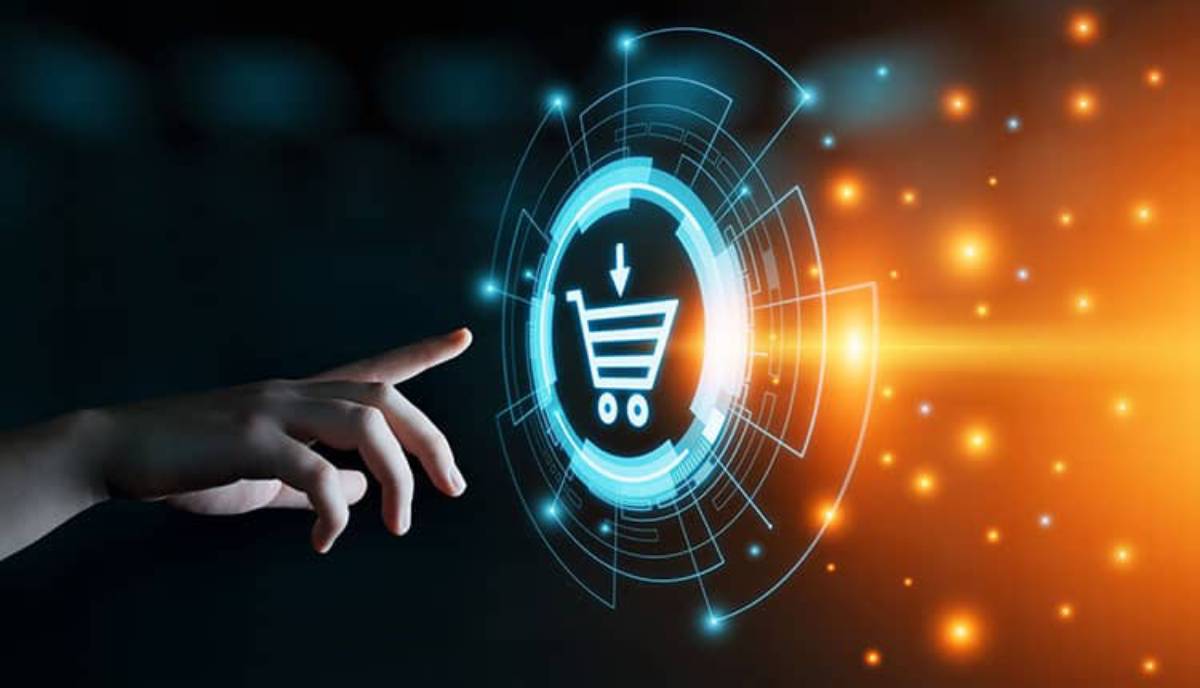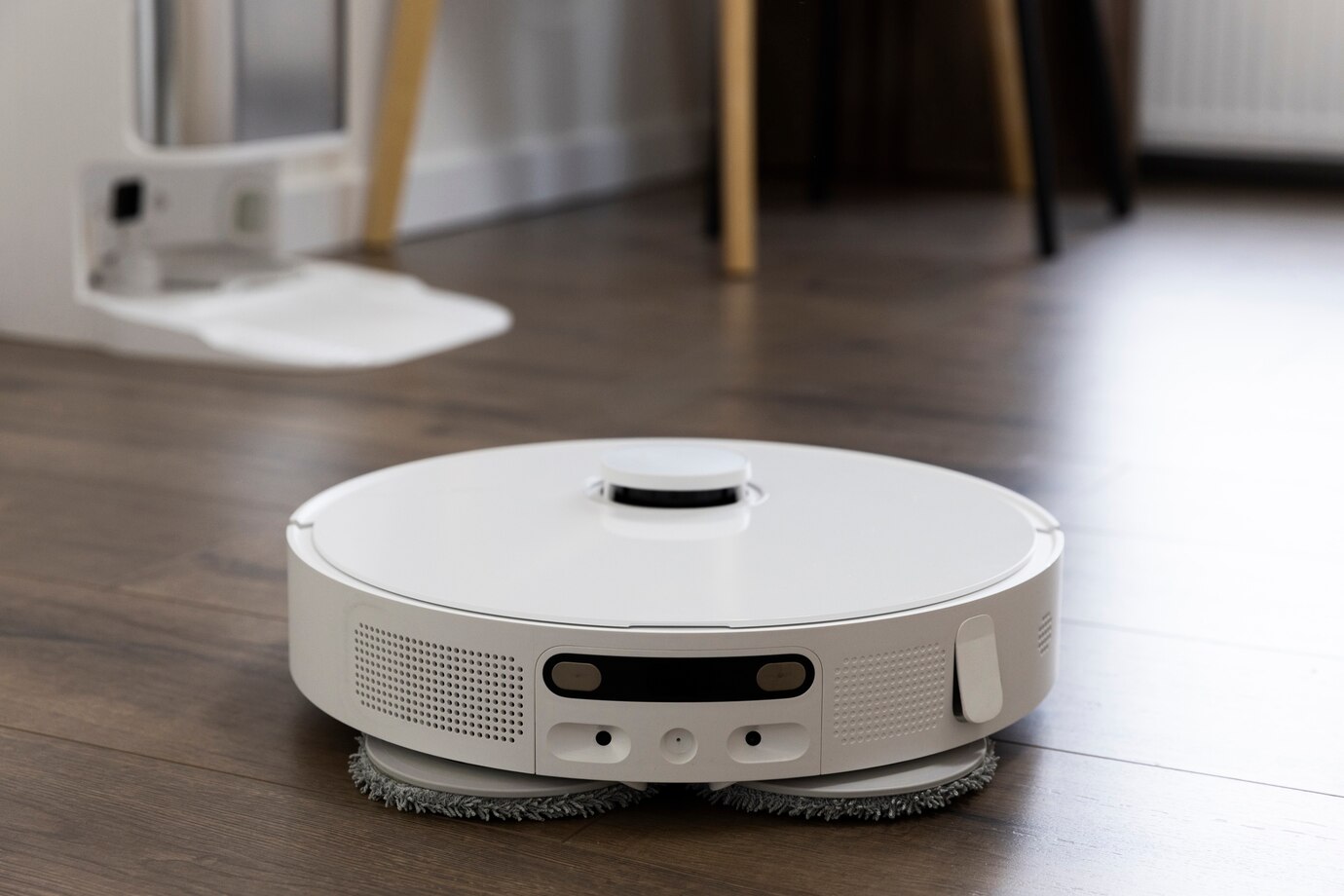
How Technology is Transforming Brick-and-Mortar Stores
Brick-and-mortar stores are changing. They are turning into smart retail hubs. This change is driven by artificial intelligence (AI), automation, and data insights. As digital transformation accelerates, physical stores need to adopt new retail technology to remain competitive.
Consumers now want fast, seamless, and personalised shopping experiences. Retailers are adopting smart solutions. They use cashierless checkouts, smart inventory management, AI recommendations, and immersive augmented reality (AR). These tools help create engaging environments.
This article looks at how technology is changing physical retail stores. It highlights key innovations that are shaping the future of shopping.
Quick Guide: Key Retail Tech Transformations
- AI-powered personalisation enhances customer experiences
- Cashierless checkout reduces friction and speeds up purchases
- AR and VR offer immersive try-ons and virtual shopping
- Smart inventory systems reduce waste and improve stock accuracy
- Omnichannel tools link digital and physical shopping seamlessly
- Voice commerce and AI assistants simplify product discovery
- Sustainable tech helps retailers meet eco-conscious goals
Pro Tip
Start with one high-impact upgrade—like smart checkout or AR try-ons—to enhance the in-store experience without overwhelming your budget or team.
Important
Smart retail tech isn’t just about automation—it’s about creating more human, personalised, and efficient shopping journeys that keep customers coming back.
1. AI-Powered Personalization in Retail
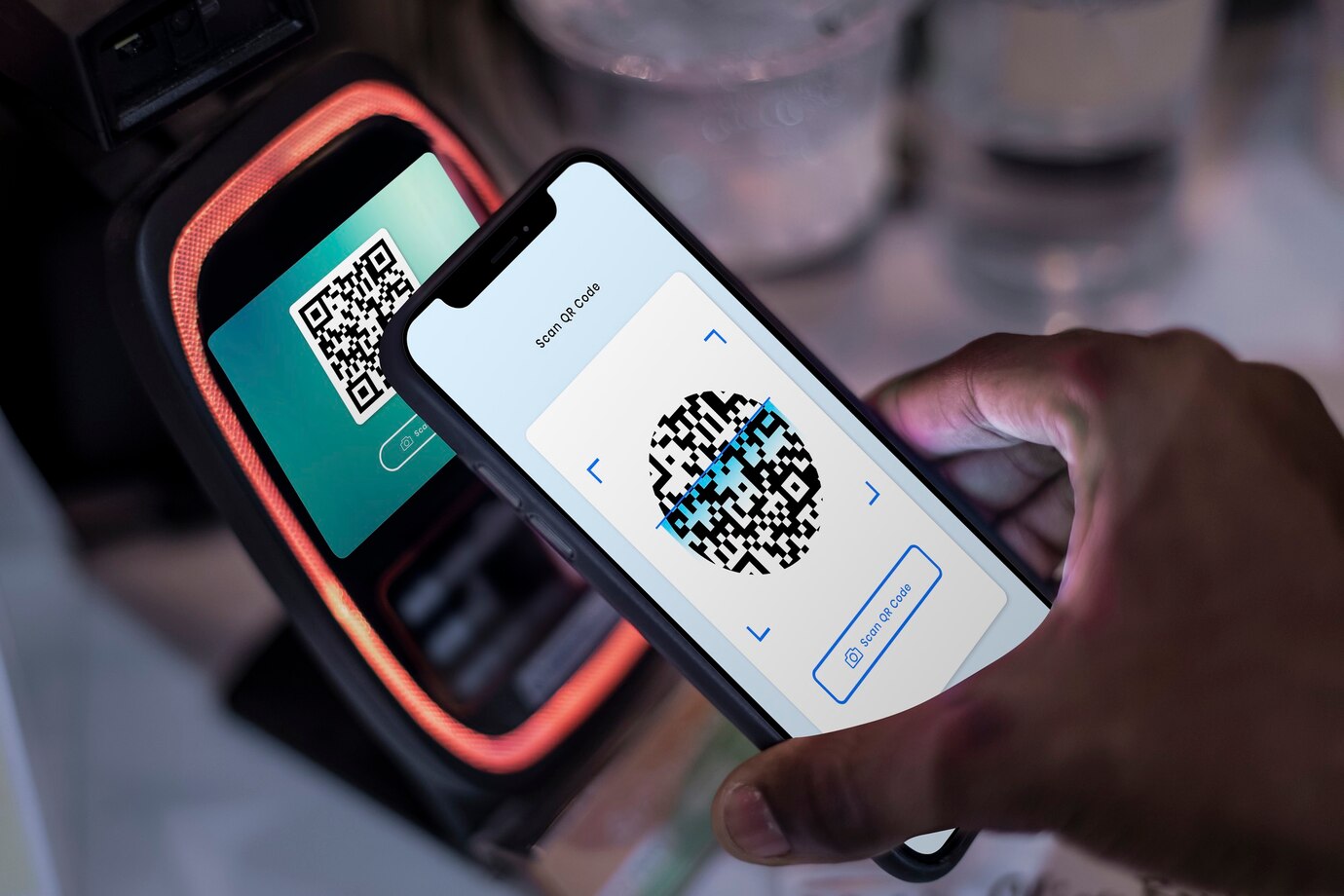
AI is changing how stores engage with customers. It provides hyper-personalized experiences.
How AI Enhances Retail
- AI product recommendations – Analyzes shopping behaviour to suggest items.
- Smart mirrors & virtual assistants – Allow customers to try on clothes digitally.
- AI-driven loyalty programs – Tracks purchases and offers tailored rewards.
Example: Sephora’s Color IQ system recommends foundation shades by scanning skin tone.
Why It Matters: AI enhances personalisation, increases customer satisfaction, and boosts sales.
2. Smart Checkout & Cashierless Stores
Consumers want fast, easy transactions. Retailers are using automated, AI-powered solutions instead of traditional checkouts.
Smart Checkout Technologies
- Self-checkout kiosks – Customers scan and pay without help.
- Mobile checkout & QR payments – Transactions via smartphones (Apple Pay, Google Pay).
- Just Walk Out technology – AI tracks purchases, letting customers exit without stopping at a register.
Example: Amazon Go uses computer vision and AI sensors for cashier-free shopping.
Why It Matters: Cashierless checkout reduces wait times and enhances the shopping experience.
3. Augmented Reality (AR) & Virtual Reality (VR) Shopping
AR and VR are changing how customers interact with products.
How AR & VR Enhance Shopping
- Virtual try-ons – Customers see how clothes or makeup look before buying.
- 3D product visualisation – Customers examine items digitally before purchase.
- Virtual showrooms – Brands create immersive shopping experiences.
Example: IKEA’s AR-powered Place App lets shoppers visualise furniture in their homes.
Why It Matters: AR/VR shopping boosts customer engagement and confidence in purchases.
4. Smart Inventory Management & AI-Driven Supply Chains
AI and automation make inventory management more efficient, cutting down stock shortages and waste.
How AI Transforms Inventory
- Automated stock replenishment – Predicts demand and reorders items.
- RFID tags & IoT sensors – Track inventory in real-time.
- AI-powered demand forecasting – Helps avoid overstocking or understocking.
Example: Walmart’s AI inventory system improves product availability.
Why It Matters: AI-driven inventory reduces costs and ensures customers find what they need.
5. Robotics & Automation in Retail
Retailers use robots to automate tasks, assist customers, and boost efficiency.
Examples of Robotics in Retail
- AI-powered robots – Help shoppers and restock shelves.
- Autonomous floor-cleaning robots – Keep stores clean.
- Robotic fulfilment centres – Speed up packing and shipping.
Example: Lowe’s introduced LoweBot, helping customers find products.
Why It Matters: Robotics boost productivity and reduce labour costs.
6. Omnichannel Integration: Bridging Online & Offline Shopping
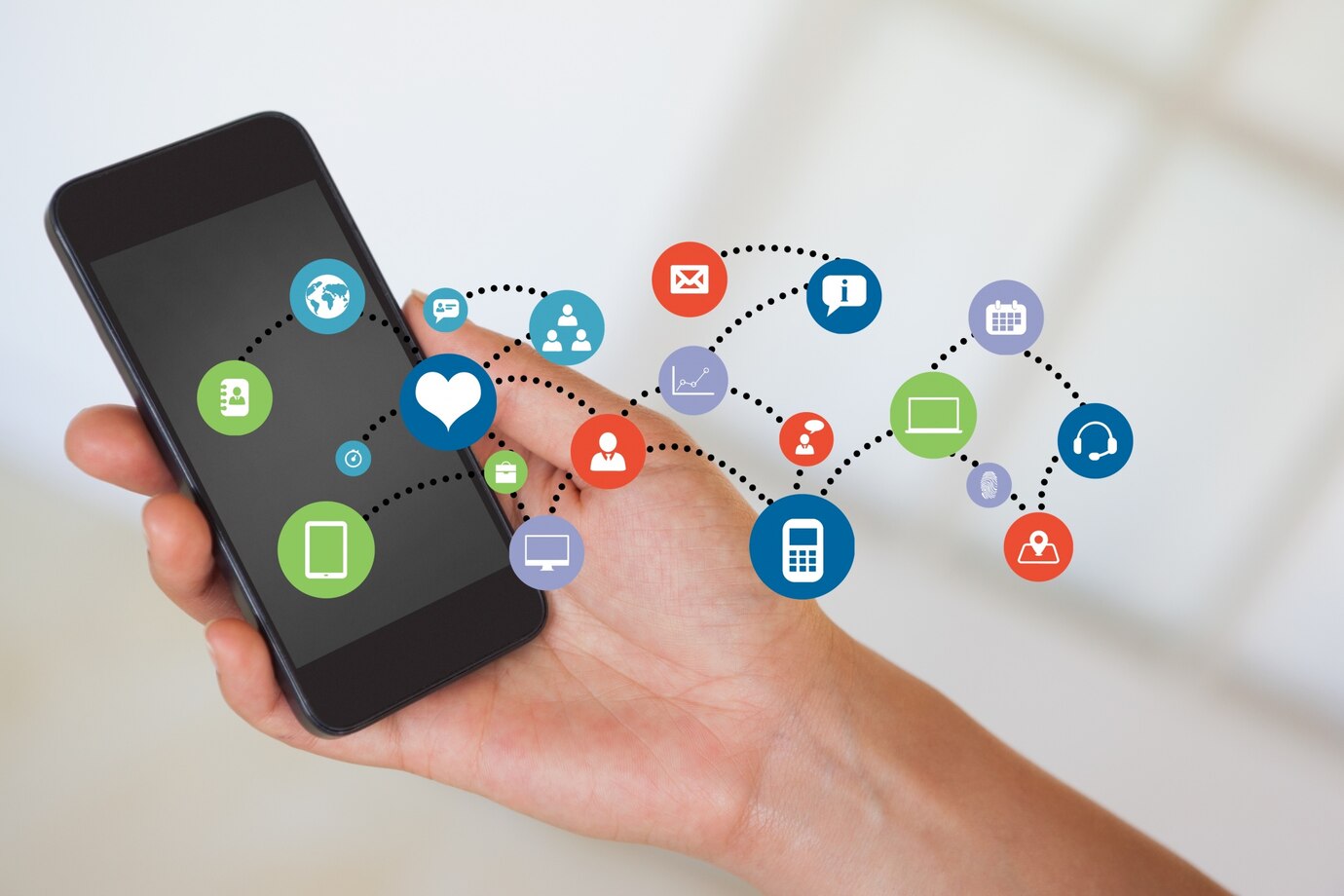
Customers want a smooth experience across physical and digital platforms.
How Omnichannel Retailing Works
- Click-and-collect (BOPIS) – Buy online, pick up in-store.
- Curbside pickup – Order online and collect without entering the store.
- Integrated mobile apps – Shoppers browse in-store using apps for product info.
Example: Target’s same-day pickup and delivery options create seamless experiences.
Why It Matters: Omnichannel retailing boosts customer satisfaction.
7. AI-Powered Loss Prevention & Security
Retailers are adopting AI to detect theft and fraud.
How AI Improves Retail Security
- Facial recognition cameras – Identify known shoplifters.
- Smart theft detection – Monitors unusual shopping behaviour.
- Automated fraud detection – Verifies transactions to prevent scams.
Example: Walgreens uses AI to spot potential shoplifting in real time.
Why It Matters: AI security reduces losses and enhances safety.
8. Sustainability & Green Retail Innovations
Eco-friendly practices are now a priority for consumers and retailers.
Sustainable Retail Technologies
- Smart energy management – AI optimises heating, cooling, and lighting.
- Biodegradable packaging – Reduces plastic waste.
- AI-powered waste management – Helps grocery stores prevent food waste.
Example: Starbucks uses AI systems to cut energy usage.
Why It Matters: Sustainability attracts eco-conscious shoppers and reduces environmental impact.
9. The Rise of Smart Fitting Rooms
AI-powered fitting rooms enhance the in-store experience with styling recommendations.
Smart Fitting Room Features
- Interactive mirrors – Suggest outfits and show product details.
- RFID clothing tags – Detect chosen garments automatically.
- AI recommendations – Suggest sizes and complementary items.
Example: H&M’s smart fitting rooms offer AI-powered suggestions.
Why It Matters: Smart fitting rooms increase conversions and customer engagement.
10. Voice Commerce & AI Shopping Assistants
Voice-enabled shopping is growing quickly with AI assistants.
Voice Commerce in Retail
- Voice search – Customers find products easily.
- AI voice checkout – Hands-free payments.
- Voice recommendations – Smart assistants suggest items.
Example: Walmart allows voice-activated grocery shopping with Google Assistant.
Why It Matters: Voice commerce enhances accessibility and streamlines shopping.
Top 5 FAQs About Retail Technology and Smart Stores
1. Is investing in retail technology only for big brands?
Not at all. Many solutions, such as mobile payment apps or cloud-based inventory tools, are affordable and scalable for small and mid-sized retailers.
2. How can I start implementing smart retail tools in my store?
Begin with customer-facing tech that improves the experience—like mobile checkout, interactive kiosks, or digital signage. Then integrate back-end tools like inventory automation.
3. Does AR/VR really boost sales in physical retail?
Yes. AR and VR increase customer confidence by letting them visualise products, leading to fewer returns and higher conversion rates.
4. What’s the ROI on cashierless checkout systems?
While initial setup can be costly, cashierless tech reduces staffing needs, speeds up transactions, and increases customer satisfaction—leading to strong long-term returns.
5. How does tech help with sustainability in retail?
AI and IoT systems can reduce energy usage, minimise waste, and improve supply chain efficiency—key factors in sustainable retail operations.
Conclusion: The Future of Smart Retail
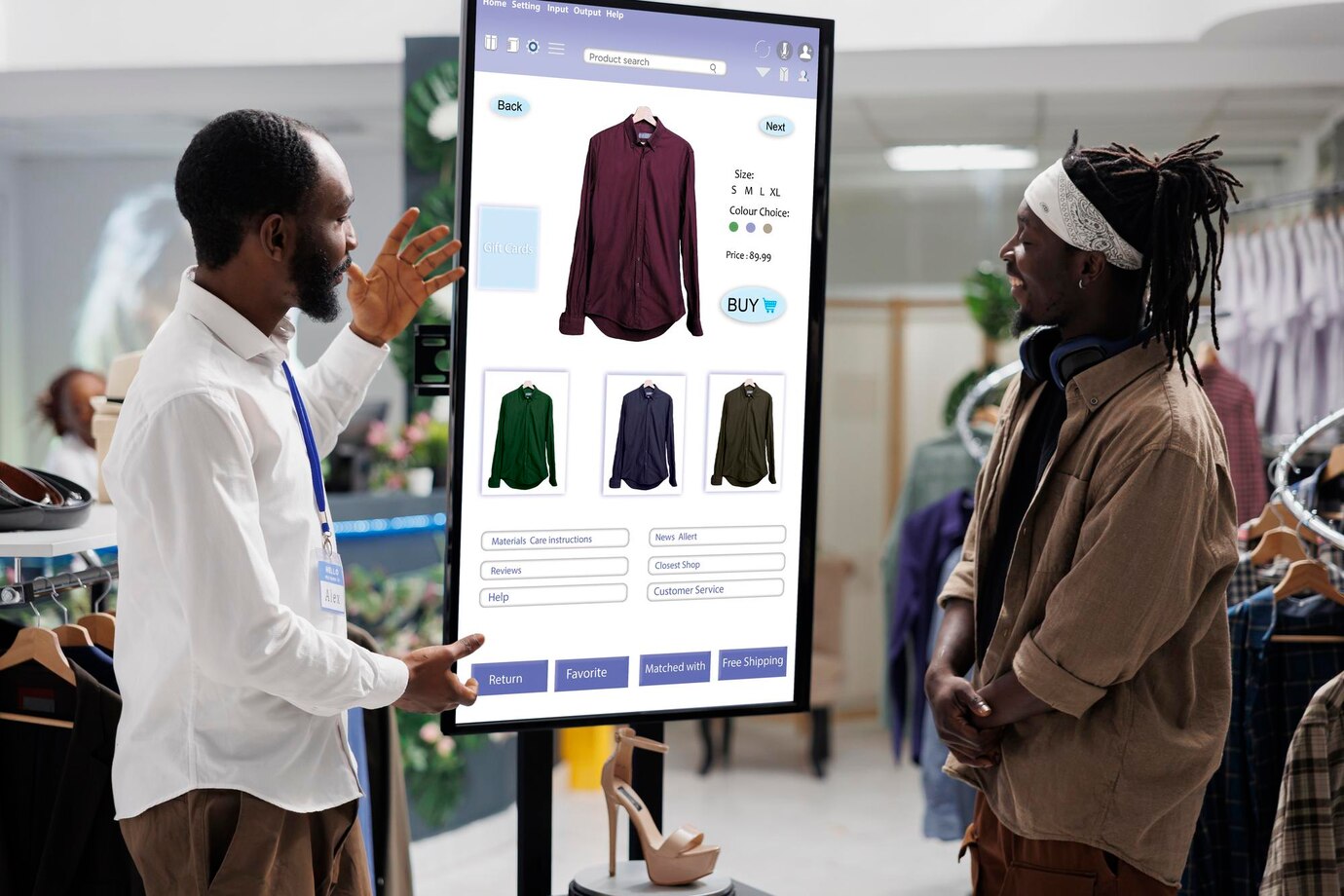
Brick-and-mortar stores are evolving into technology-driven trending shopping hubs.
Key Takeaways are many, such as AI personalisation and robotics improve customer experiences. Cashierless stores, AR/VR shopping, and voice commerce enhance efficiency. Smart inventory and loss prevention boost profits. Sustainability and omnichannel integration strengthen brand loyalty.
Retailers embracing technology will thrive. Now is the time to invest in AI, automation, and digital transformation to stay ahead. Are you ready for the future of retail? Start integrating smart retail solutions today!
